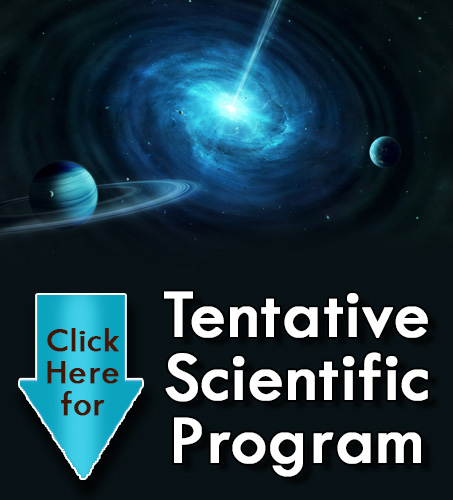V G Plekhanov
Fonoriton Sci Lab, Estonia
Title: Direct observation of the strong (nuclear) interaction in the optical spectra of solids
Biography
Biography: V G Plekhanov
Abstract
Up to the present time, the macroscopical manifestation of the strong (nuclear) interaction is limited by radioactivity and the release of nuclear energy. Our communication is devoted to the description of the new mechanism to the strong force manifestation. Activation of the strong interaction by adding of one neutron to the nucleus causes the global reconstruction of the macroscopic characteristics of solids. We have studied the low-temperature optical spectra of the LiH and LiD crystals which differ by the term of one neutron from each other. As demonstrated early, most low-energy electron excitation in LiH crystals are largeradius excitons. Because of the high reactivity and high hygroscopy of investigated crystals, an efficient protection against atmosphere was necessity. Taking into account this circumstance we have developed special equipment which is allowed to prepare samples with clean surface cleaving in the bath of helium cryostat with normal or superfluid liquid helium. The samples with such surface allow performing measurements for 15 hours. Exciton luminescence is observed when LiH crystals are excited in the midst of fundamental absorption. The spectrum of exciton photoluminescence of LiH crystals cleaved in superfluid helium consists of narrow phonon-less emission line and its broader phonon replicas which arise due to radiative annihilation of excitons with the production of one to five LO phonons. As an example, the picture shows the low-temperature (T=2K) photoluminescence spectra of LiH and LiD crystals. Comparison the experimental results on the luminescence spectra in the crystals which differ by a neutron only is allowed to the next conclusions. At the adding one neutron (using LiD crystals instead LiH ones) is involved the increase exciton energy on 103 meV. At the addition one neutron the energy of LO phonons are decreased on the 36 meV that is direct seen also from luminescence spectra. As far as the gravitation, electromagnetic and weak interactions are the same of both crystals it only changes the strong interaction
therefore a logical conclusion is made that the renormalization of the energy of electromagnetic excitations (excitons, phonons) is carried out by the strong (nuclear) interaction. The last conclusion opens new avenue in the investigations of the strong (nuclear) interaction using by means the condensed matter alike traditional nuclear methods (including accelerating technique).

